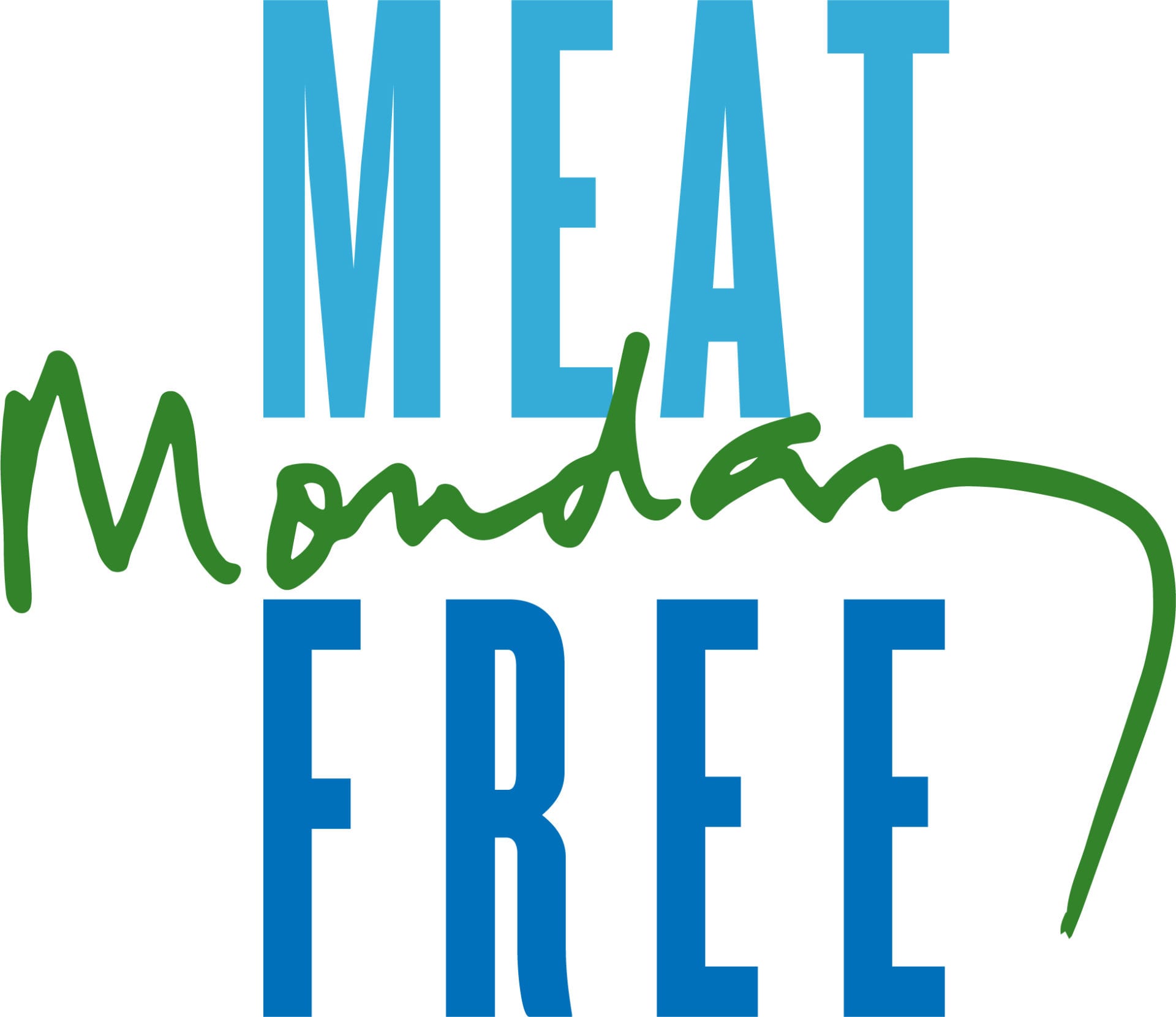Redefining agricultural yields: from tonnes to people nourished per hectare underlines the inefficiency of growing crops to feed to animals, which are eaten in turn, instead of cutting out the middleman – or rather the middlecow, pig or sheep.
The work of a team at the Institute on the Environment at the University of Minnesota, and published in the journal Environmental Research Letters, the study says that 36 per cent of the calories produced by the world’s crops are being used for animal feed… and only 12 per cent of those calories ultimately contribute to the human diet (as meat and other animal products).
In the US two thirds of calories produced per acre of land are consumed by animals, rather than people. The authors of the study state that “the US agricultural system alone could feed 1 billion additional people by shifting crop calories to direct human consumption”.
With the global population expected to reach 9 billion by 2050, it casts into stark relief the assessments made by some in the livestock and agricultural industries that the only way to feed the world is to increase production or use more efficient technology.
Rather the study underlines the fact that we already have enough to feed ourselves more efficiently and equitably, provided we grow crops for people, rather than animals – that is, that we eat less meat.
“Even small shifts in our allocation of crops to animal feed and biofuels could significantly increase global food availability, and could be an instrumental tool in meeting the challenges of ensuring global food security,” the report’s authors state.
Growing crops exclusively for direct human consumption could, they add, increase food calories by as much as 70 per cent and feed an additional 4 billion people – comfortably accommodating the extra 2-3 billion growth in the population over the next 40 years.
